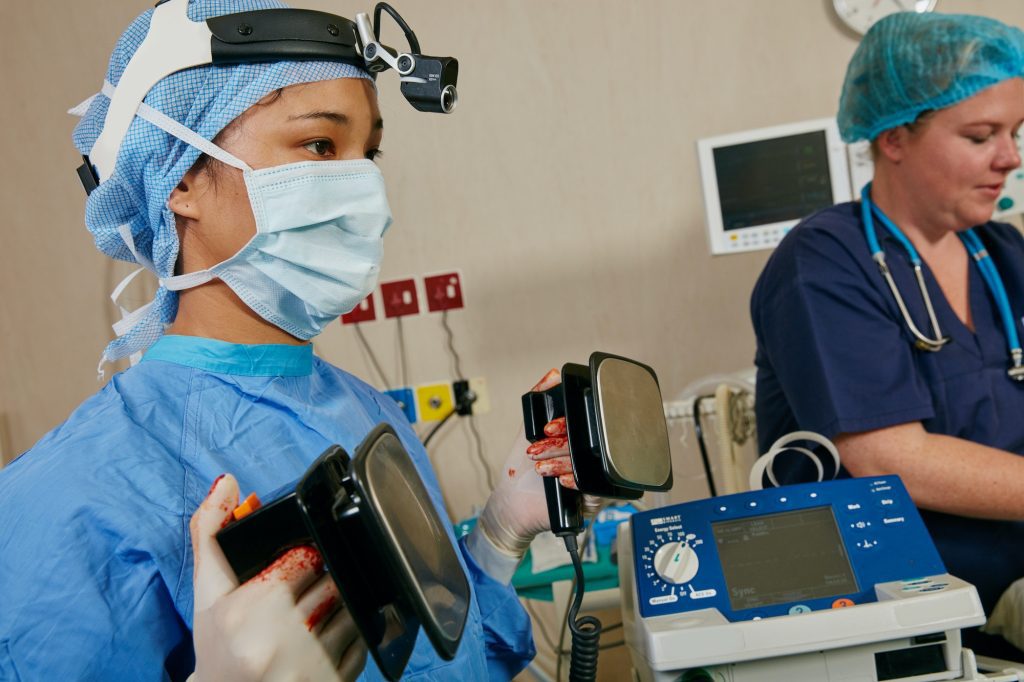
The use of Automated External Defibrillators (AEDs) has become increasingly common in recent years. These devices are designed to help save the lives of people who suffer from sudden cardiac arrest, a condition that can strike anyone at any time. AEDs are easy to use and can be found in many public places, including airports, shopping malls, and schools.
The AED is a portable electronic device that is used to deliver an electric shock to the heart when it stops beating or beats irregularly. The device is designed to be used by non-medical personnel and requires no special training or certification. When someone suffers from sudden cardiac arrest, time is of the essence. The sooner an AED can be applied, the greater the chances of survival.
The use of AEDs has been shown to significantly increase survival rates for people who suffer from sudden cardiac arrest. Studies have shown that if an AED is applied within three minutes of a person collapsing, their chances of survival increase by up to 70%. This means that having an AED nearby can mean the difference between life and death for someone who suffers from sudden cardiac arrest.
One reason why AEDs are so effective is because they are designed to analyse the heart rhythm and only deliver a shock if it is necessary. This means that even if someone without a heart condition were to accidentally receive a shock from an AED, they would not be harmed.
Another reason why AEDs are so effective is because they are easy to use. Most devices come with clear instructions on how to apply them properly. They also have voice prompts that guide users through each step of the process.
Despite their effectiveness, there are still some misconceptions about using AEDs. Some people believe that applying an electric shock directly to someone’s chest could cause harm or even death. However, this is not true as long as the device is used properly.
In conclusion, the use of AEDs has become an important part of emergency response in many public places. These devices have been shown to significantly increase survival rates for people who suffer from sudden cardiac arrest. They are easy to use and require no special training or certification. Having an AED nearby can mean the difference between life and death for someone who suffers from sudden cardiac arrest, making it a valuable tool in any emergency situation.
